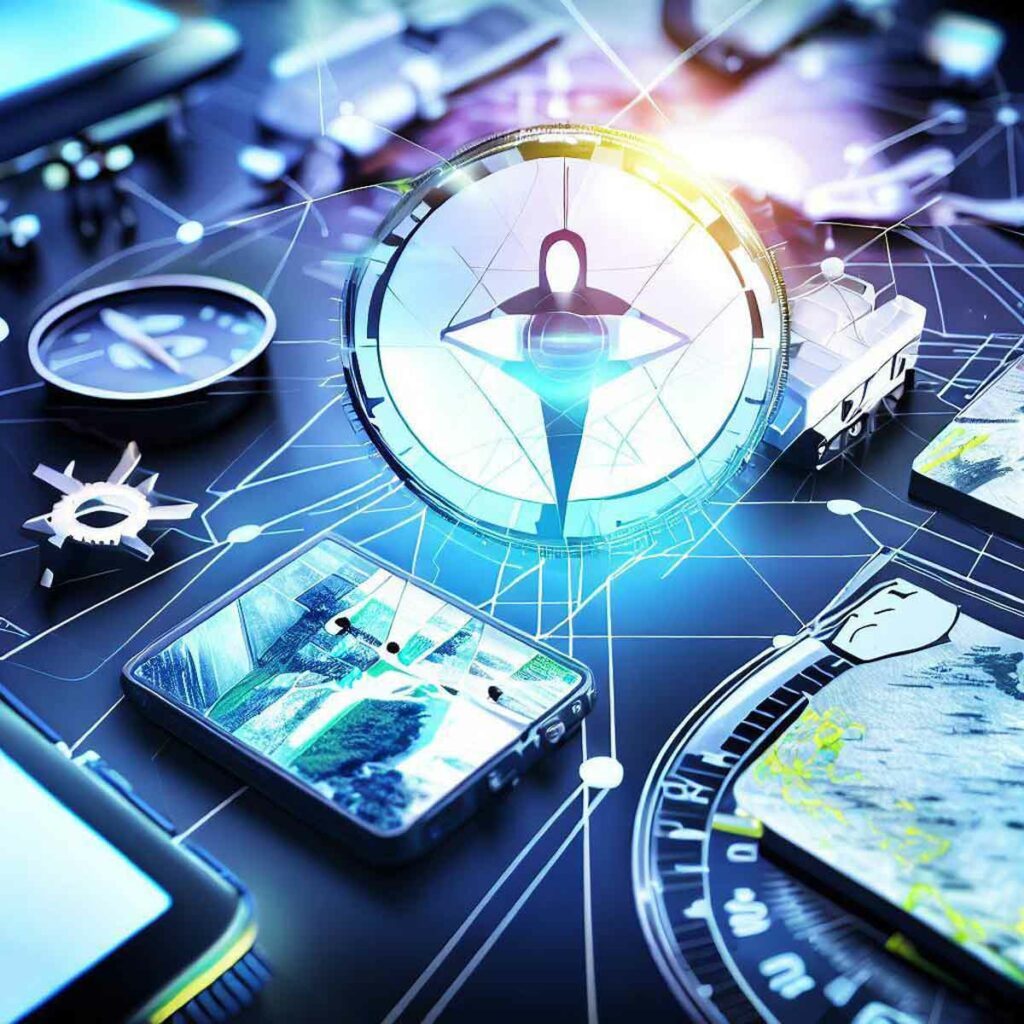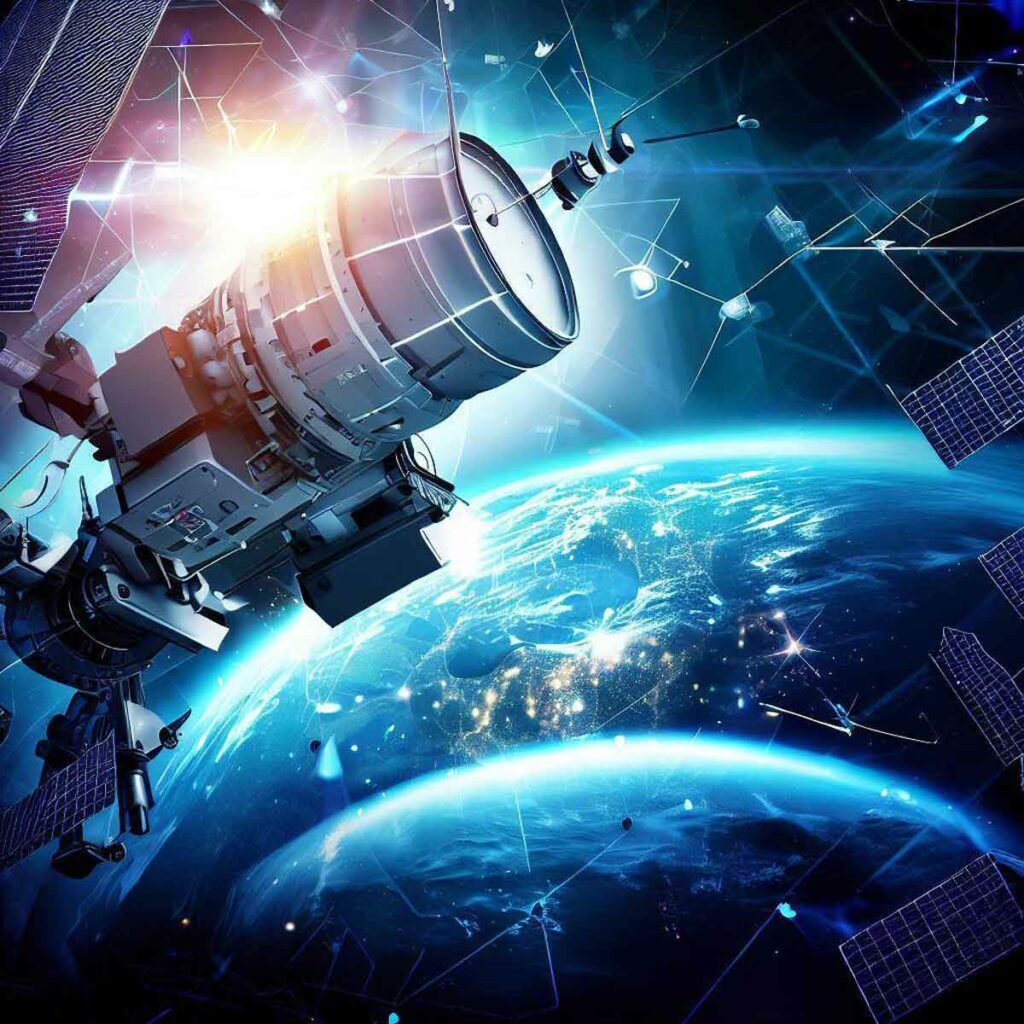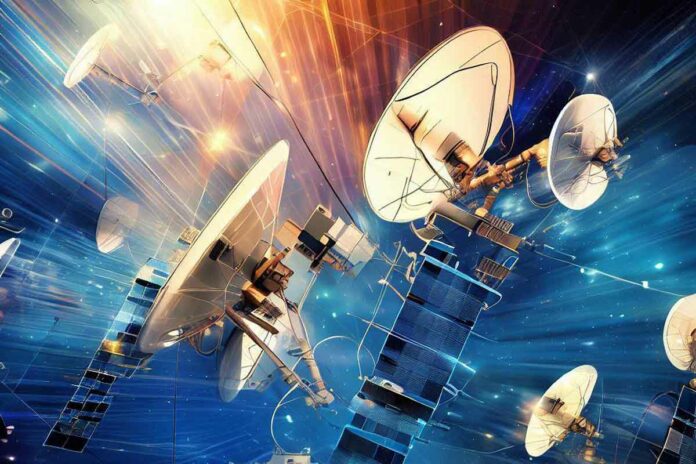Satellites have revolutionized the way we communicate in the modern world. With advancements in technology, these artificial objects orbiting the Earth play a vital role in ensuring global connectivity and facilitating telecommunications across vast distances.
In this article, we will explore the significance of satellites and delve into their contributions to modern communication.
Introduction
Satellites, positioned thousands of kilometers above the Earth’s surface, serve as relays for transmitting various types of data and signals.
These artificial objects act as communication links, bridging the gaps between continents and enabling seamless information exchange on a global scale.
Evolution of Satellite Communication
The history of satellite communication dates back to the mid-20th century.
The launch of Sputnik 1 by the Soviet Union in 1957 marked the beginning of the space age and opened up new possibilities for communication beyond traditional terrestrial means.
Since then, satellite technology has advanced significantly, leading to the deployment of numerous satellites for various purposes.
Satellite Technology and Functionality
Satellites are equipped with sophisticated technology that allows them to perform their designated functions.
They consist of various components, including antennas, transponders, power systems, and control mechanisms.
These elements work together to receive, amplify, and transmit signals, ensuring effective communication between different points on Earth.

Global Connectivity and Telecommunications
One of the primary roles of satellites is to establish global connectivity.
By orbiting the Earth, satellites can cover vast areas that are often inaccessible through traditional terrestrial infrastructure.
This enables individuals, businesses, and governments worldwide to communicate and exchange information effortlessly.
Satellites in Broadcasting and Television
Satellites play a crucial role in the broadcasting and television industry.
They facilitate the distribution of television signals to a wide audience, allowing people to access diverse channels and programs regardless of their location.
Satellites also enable the transmission of live events, news, and entertainment content to viewers around the world.
Satellite Internet and Broadband Services
In today’s digital age, reliable internet connectivity is essential.
Satellites provide a means to bridge the digital divide by offering internet services to remote and underserved regions.
Satellite internet connections allow individuals and businesses in these areas to access online resources, participate in e-commerce, and communicate with the rest of the world.

Navigation and GPS Systems
Satellites have significantly enhanced navigation systems, particularly through the Global Positioning System (GPS).
GPS satellites transmit precise timing and positioning information, enabling accurate navigation for various applications such as aviation, maritime navigation, and personal navigation devices.
GPS technology has become an integral part of everyday life, providing real-time location information to users worldwide.
Weather Forecasting and Disaster Management
Satellites contribute immensely to weather forecasting and disaster management efforts.
Weather satellites collect data on atmospheric conditions, cloud formations, and other meteorological factors, enabling accurate weather predictions and early warning systems for severe weather events.
This information helps authorities and communities prepare and respond effectively to natural disasters.
Scientific Research and Exploration
Satellites play a vital role in scientific research and exploration.
They enable scientists to study Earth’s climate, monitor environmental changes, and observe celestial bodies.
Satellites equipped with advanced instruments capture valuable data used in various scientific disciplines, including geology, oceanography, and astronomy.

Satellite Security and Defense Applications
Satellites have significant implications in security and defense applications.
They provide surveillance capabilities, allowing monitoring of critical areas, borders, and potential threats.
Satellites also facilitate communication and coordination between military forces in remote locations, enhancing situational awareness and operational efficiency.
Challenges and Future of Satellite Communication
While satellite communication has transformed modern connectivity, it faces challenges.
Factors like space debris, signal interference, and high costs pose obstacles to the optimal utilization of satellite technology.
However, ongoing advancements, such as the deployment of low Earth orbit (LEO) constellations and improved signal processing techniques, hold promise for overcoming these challenges and further improving satellite communication.
Conclusion
Satellites have emerged as indispensable components of modern communication systems.
From global connectivity and broadcasting to internet services and scientific research, their impact is far-reaching.
As technology continues to evolve, the role of satellites in communication will only grow more critical, shaping the way we connect and share information across the globe.
FAQs
Satellites stay in orbit due to the balance between their forward speed and the gravitational pull of the Earth. This delicate equilibrium allows them to continuously circle the planet.
Yes, satellites are used for phone calls in areas where terrestrial infrastructure is limited. Satellite phones utilize signals transmitted to and from satellites to establish communication.
No, satellites have diverse applications beyond communication. They are used for weather monitoring, navigation, scientific research, defense, and many other purposes.
No, satellites come in various sizes depending on their intended functions. Some satellites can be as small as a shoebox, while others are as large as a bus.

